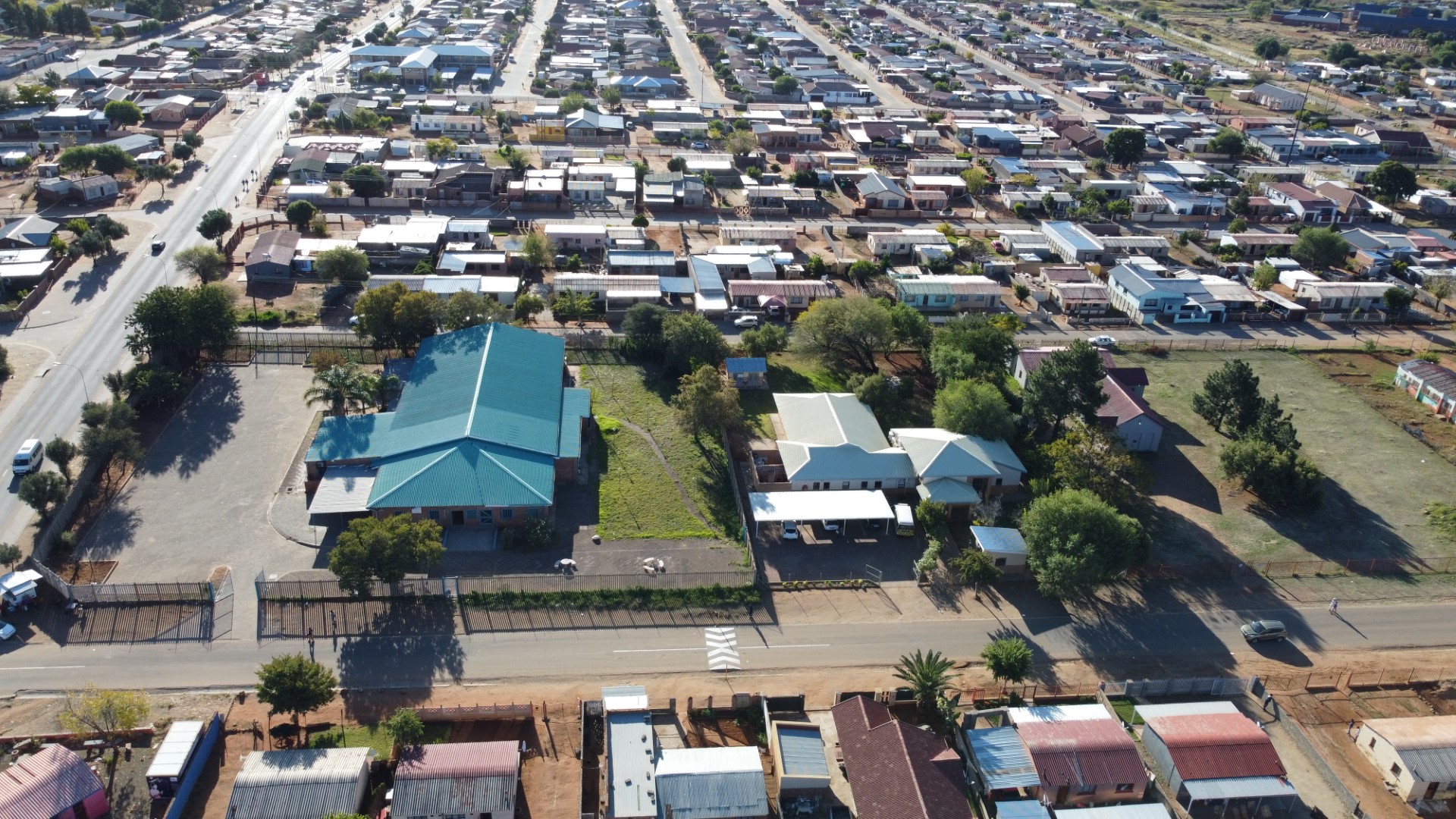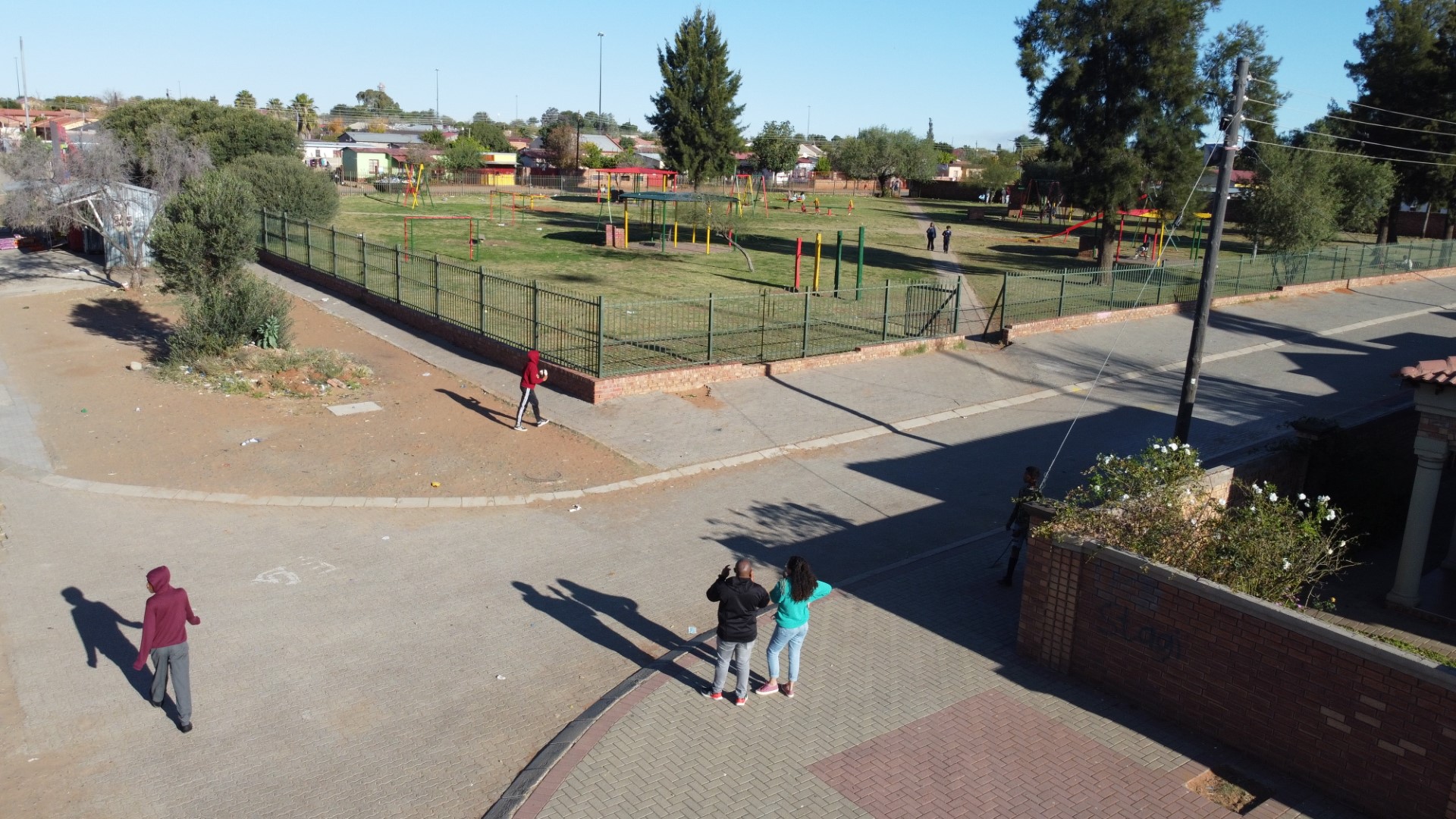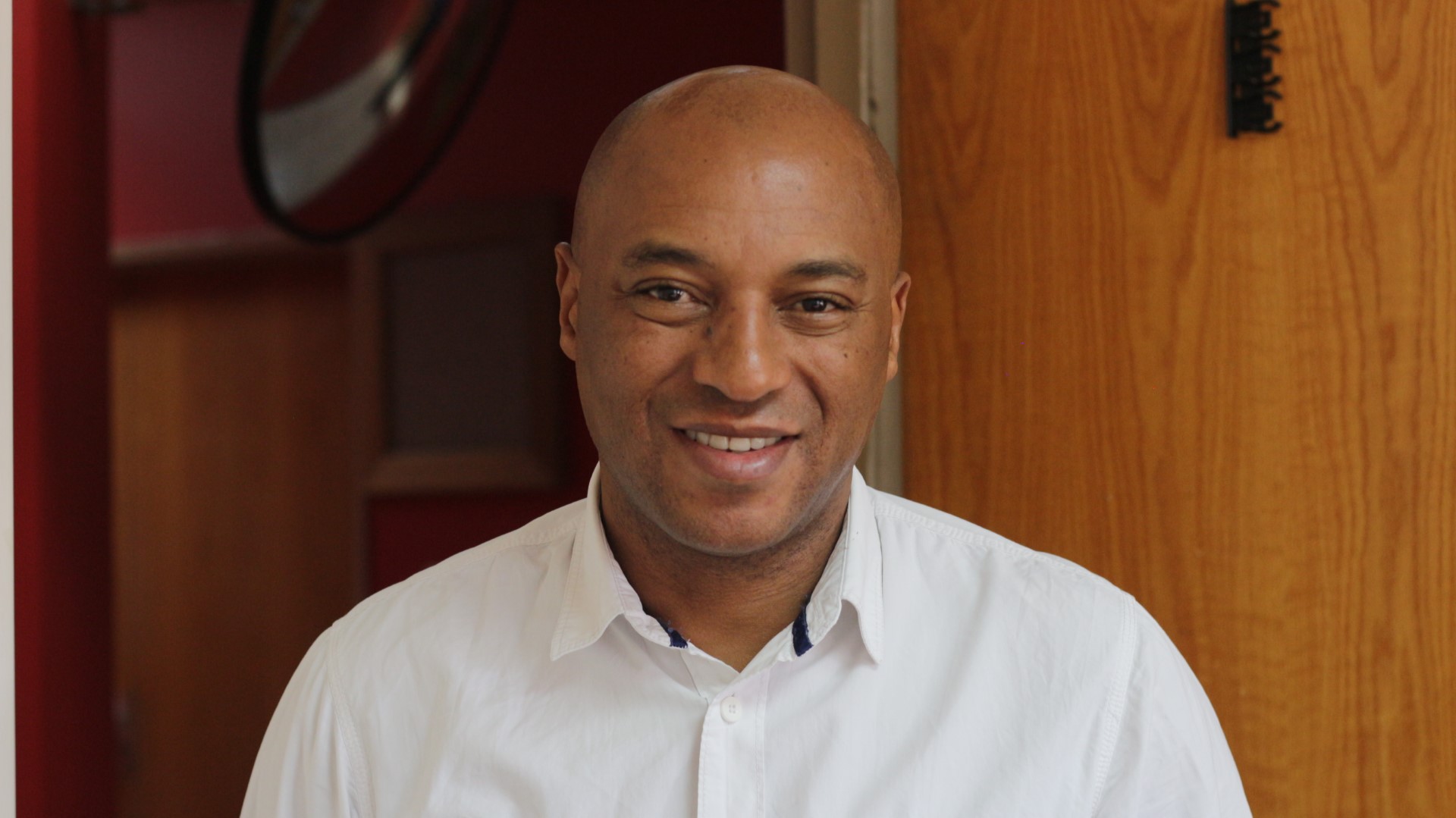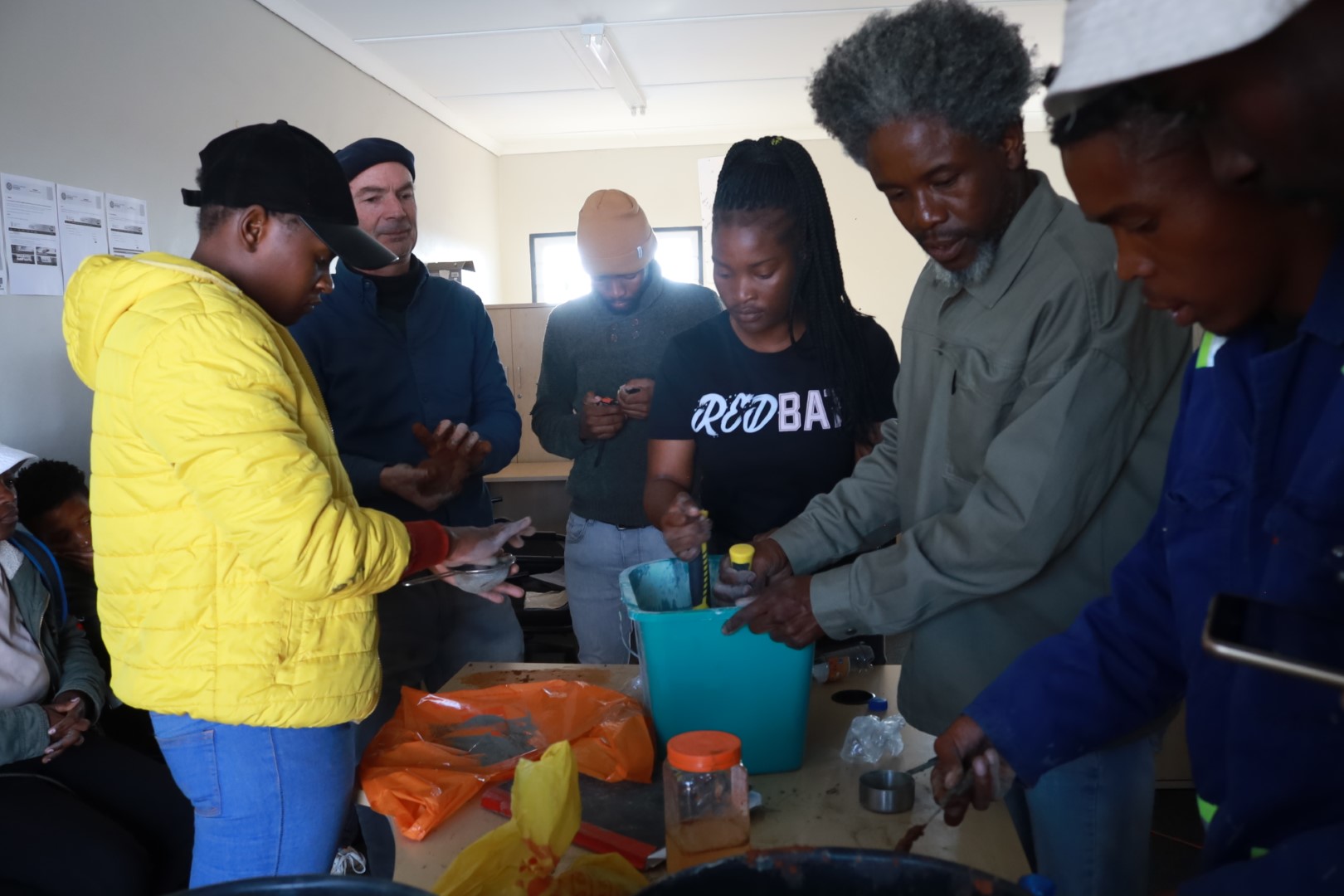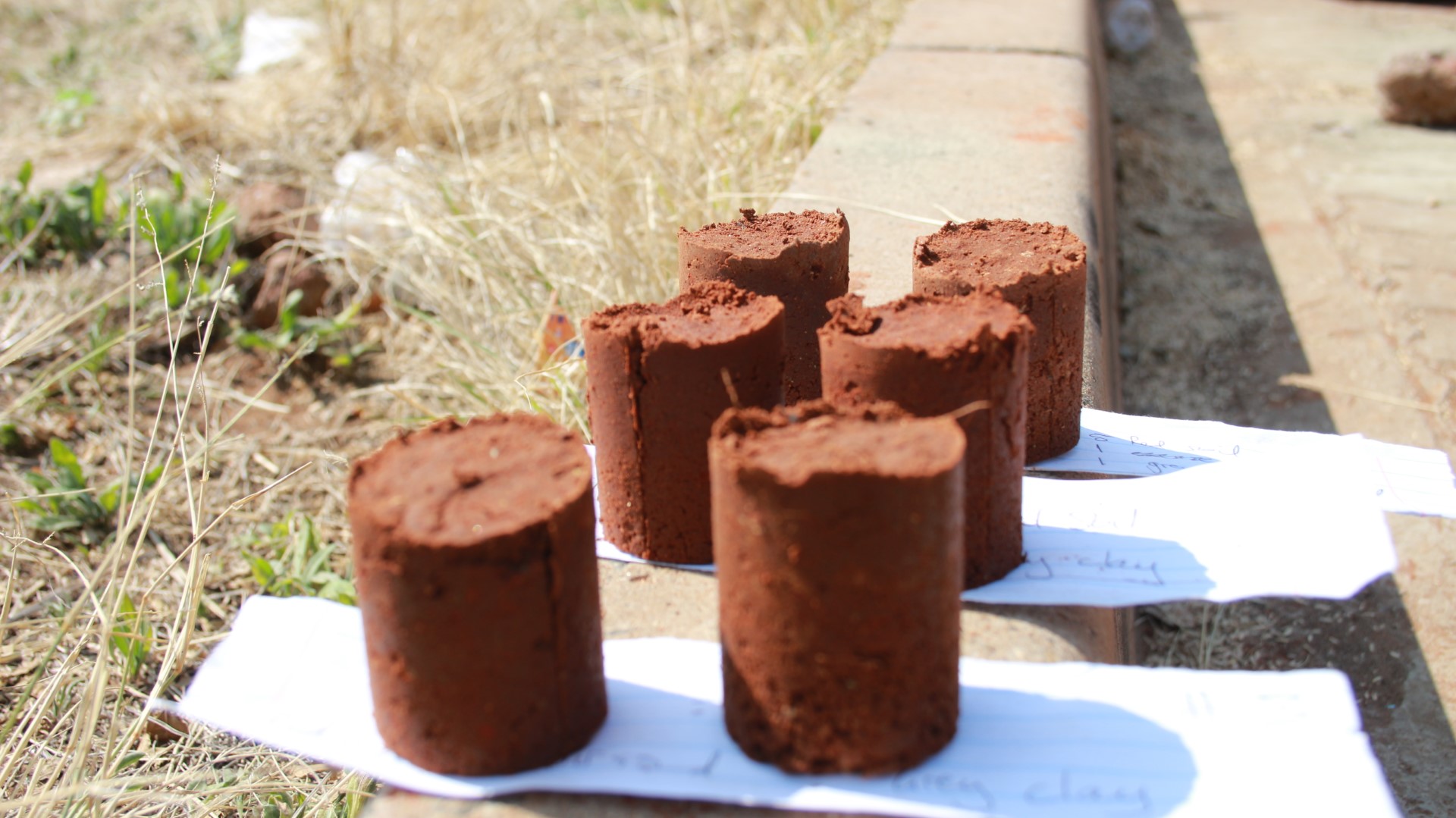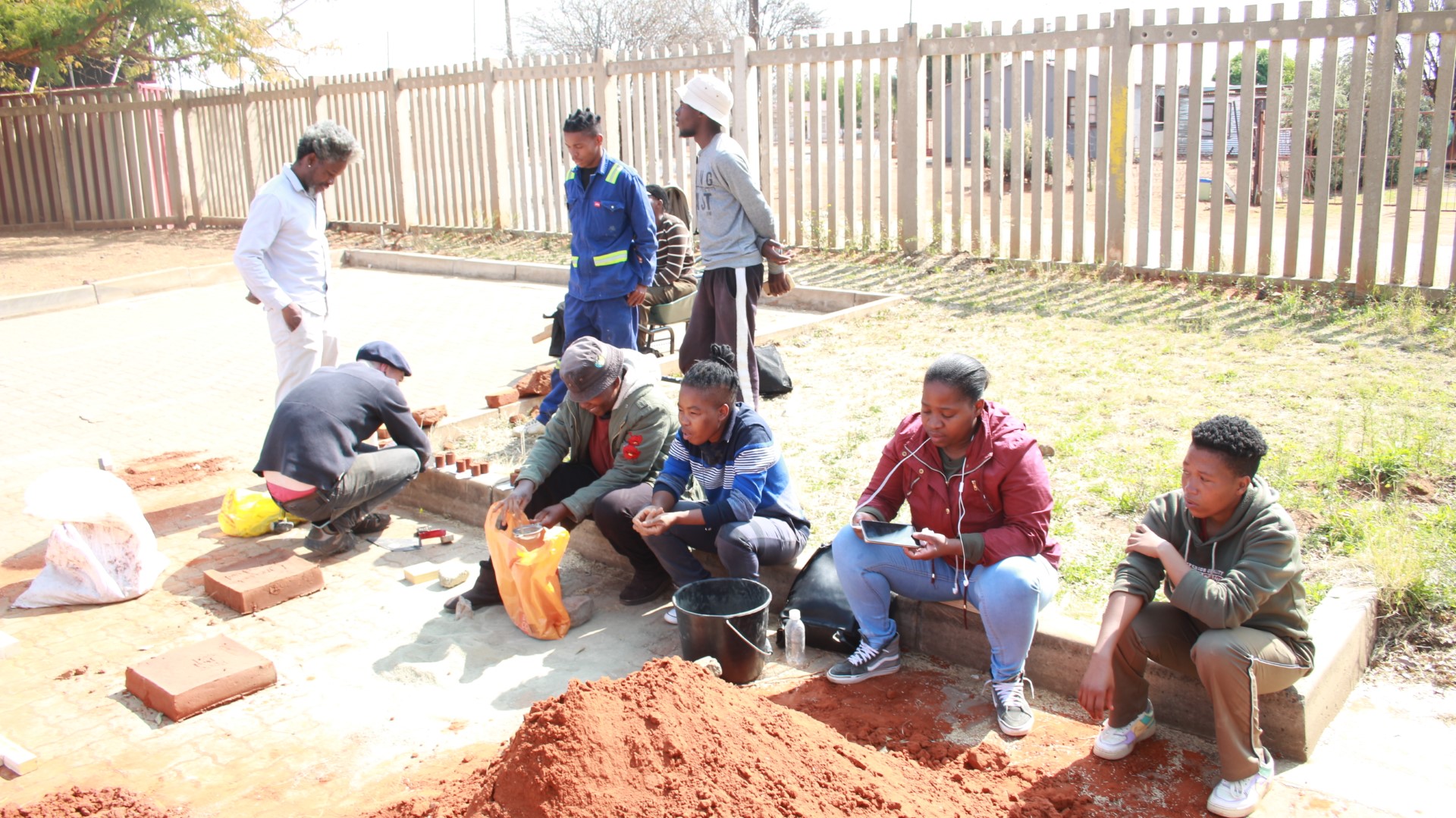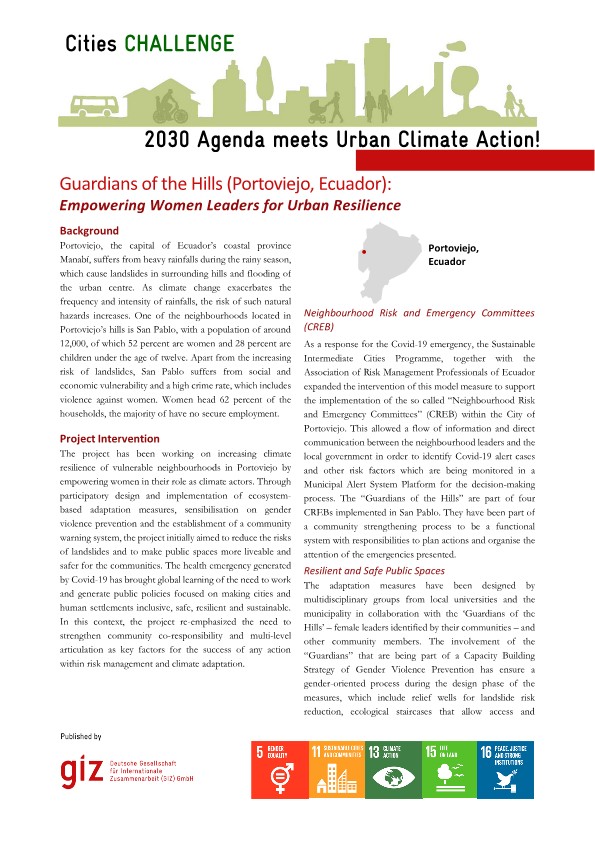South Africa
An Informal Traders Hub for Hulana Park Supporting female traders
Galeshewe, Kimberley, South Africa
The Urban Living Lab in South Africa belongs to the CitiesCHALLENGE 2.0 (2021-2023). This ULL develops and introduces an ‘Informal Traders Hub’ within the local Hulana Park in Galeshewe, a fragile township located on the peripheries of Kimberley, South Africa. The Hub will connect the Galeshewe township with the Kimberley town center and contributes to a more livable, resilient, safe, and economically thriving Galeshewe.
It is developed with a special consideration of the gender-specific needs of female traders and provides infrastructure such as safe shelters, electrical connection, sanitation and storage facilities. The implementation of sustainable building materials with local technologies, such as clay blocks, will contribute to a climate-friendly neighbourhood and provides young people with additional skills to enhance their employability also beyond the Traders Hub. A community center and food garden further contribute to upgrading the area and sensitize around urban gardening.
Learn more about the Urban Living Lab ‘Inclusive planning and construction of a Traders Hub’ in Galeshewe, Kimberley, South Africa.
- WHO
Sol Plaatje Local Municipality (SPM), Violence Prevention through Urban Upgrading (VPUU), National Department of Cooperative Governance (DCoG), Galeshewe Youth Network
- WHAT
SPRINT Safer Places Resilient Institutions and Neighborhoods Together Through a co-design process, this Urban Living Lab aimed at developing an Informal Traders Hub with a focus on female traders and safe public space.
- WHEN
October 2021 – June 2023
- WHY
The Hub aims at contributing to a more livable, resilient, safe, and economically thriving Galeshewe, a fragile township located on the peripheries of the city
- GERMAN DEVELOPMENT & COOPERATION PARTNERS
Inclusive Violence and Crime Prevention III, Sector Programme Cities (GIZ), Cities Alliance, UN-Habitat, Wuppertal Institute
- BUDGET
100 000 €
Chantel Asanda Cwaile
From Galeshewe, Kimberley, South Africa participated in a clay brick fabrication workshop

Chantel Asanda Cwaile: “This project reminds me of where I come from. Now I have learnt to make these clay bricks by myself.”
Asanda, along with nine other unemployed young adults, participated in a clay brick making workshop conducted by the Galeshewe Youth Network with the support of the NPO Violence Prevention through Urban Upgrading (VPUU) on behalf of the German Development Cooperation (GIZ) at Hulana Park in Galeshewe. The local park is currently being transformed into an “Urban Living Lab” as part of the CitiesChallenge 2.0. The competition tests innovative solutions for sustainable planning and building and contributes to the creation of climate-adapted, connected and livable neighbourhoods. In the CitiesCHALLENGE 2.0, four Urban Living Labs qualified for funding in 2022/23. Here, diverse measures for inclusive, sustainable and equitable urban development are planned and implemented together with the local population. The needs of women and children are at the centre of the interventions.
In the clay brick production, Asanda quickly took on the role of a team leader.
The ten young adults received two days of theoretical training and after that went straight into practice. Together they will produce about 3 000 dark red clay bricks. The clay bricks will be used as building material in the redevelopment and beautification of Hulana Park in Galeshewe, for the construction of an Informal Traders Hub. But the bricks will also be used to create new seating at various places in the park.
The building material comes entirely from a nearby local clay pit and has a positive effect on the indoor climate: during the day, the clay bricks heat up and slowly release the stored heat into the environment at night. As a result, a building made of clay remains cool during the day and warm at night. Another important argument in favour of clay is that it consists of local materials and is 100% recyclable. Unlike cement, clay is not burned but merely dried and therefore has a primary energy requirement that is 85 per cent lower. Clay bricks have been used to build homes in the area for more than 100 years. However, many of those old buildings are now in extreme need of renovation.
Knowledge and practical experience
The creation of the clay bricks depends on the right mixture and the right time for the production, Asanda reports: “In Kimberley it is very warm in the afternoon. In the evening it gets a bit cooler, so we make the bricks as early as possible in the morning so that they dry over the afternoon. The following morning, we turn them and after two or three days they are ready and can go into temporary storage. At the end of the week, we stack them on pallets.”
David Kaisara Leeuw is also part of the team. As a coordinator, he makes sure that the work on the clay bricks goes ahead and that no one stands around passively. “The workshop was challenging”, he says, because you need some experience and a lot of expertise to make high-quality air-dried clay bricks. The ten participants worked hard, David reports. To keep the production on schedule, he also participated in the clay brick production.
Clay brick production arouses curiosity
“The workshop was a great opportunity for the lucky ones who took part”, David stated. When the ten participants started building clay bricks, it aroused the curiosity of other unemployed people in the township: “Many of those who watched us also wanted to join. I had to disappoint them because we are only allowed to work with ten people.” But in the medium term, many more people could benefit from the project.
Even under ideal conditions, it takes a few weeks for eleven people to build 3000 clay bricks. But the participants in Galeshewe also had to cope with numerous challenges. For example, an important ingredient in mud-brick production is water. But the water is repeatedly turned off for incalculable periods of time. “It is usually back between 6 and 7 in the morning”, reports Asanda. Work equipment broke, the participants had to struggle with the great heat in the South African summer and a lack of personal protective equipment made implementation even more difficult. But all these obstacles were finally overcome.
Preserving old buildings in Galeshewe
Kenneth Niewenhuise is in charge of the workshops on behalf of the CitiesCHALLENGE at the Galeshewe Youth Network. He has selected the ten people who are participating in the clay brick construction. He regularly drops by the pop-up clay brick factory to help with any problems. The clay brick making for the Informal Traders Hub in Hulana Park has given him a completely different idea; he wants to establish clay brick production on a larger scale in Galeshewe because they are desperately needed elsewhere.
The oldest parts of Galeshewe were built in the early 1870s to accommodate migrant workers for the diamond mines in Kimberley. There is still a lot of historic building stock in the township from that time. David knows the problems with these buildings: “Many of those houses decay and there is no one to repair them. It is frustrating to see them crumbling apart. Some houses you are not even allowed to touch anymore, as they have historic preservation status.”
Kenneth Niewenhuise and his team have identified a total of 98 historic buildings. Some of them are so dilapidated that they can no longer be entered. “We want to establish cooperatives with the ten participants after the end of the project so that they can set up small clay brick workshops themselves to build new houses and to restore old ones.” He also wants to create a historical tour where people can see all the restored houses.
Cooperatives carry the idea further
The many onlookers who were not able to join in the first rollout phase of the project will be able to learn clay brick making through these cooperatives.
Asanda already thinks one step further: “This is also something we can pass on to our children, so that these cultural skills are not lost in the next generation.” And despite all the efforts, also David is sure: “It’s a good project for our community.”
Resource Hub
South Africa
Download the CitiesCHALLENGE Factsheet from our Resource Hub!

